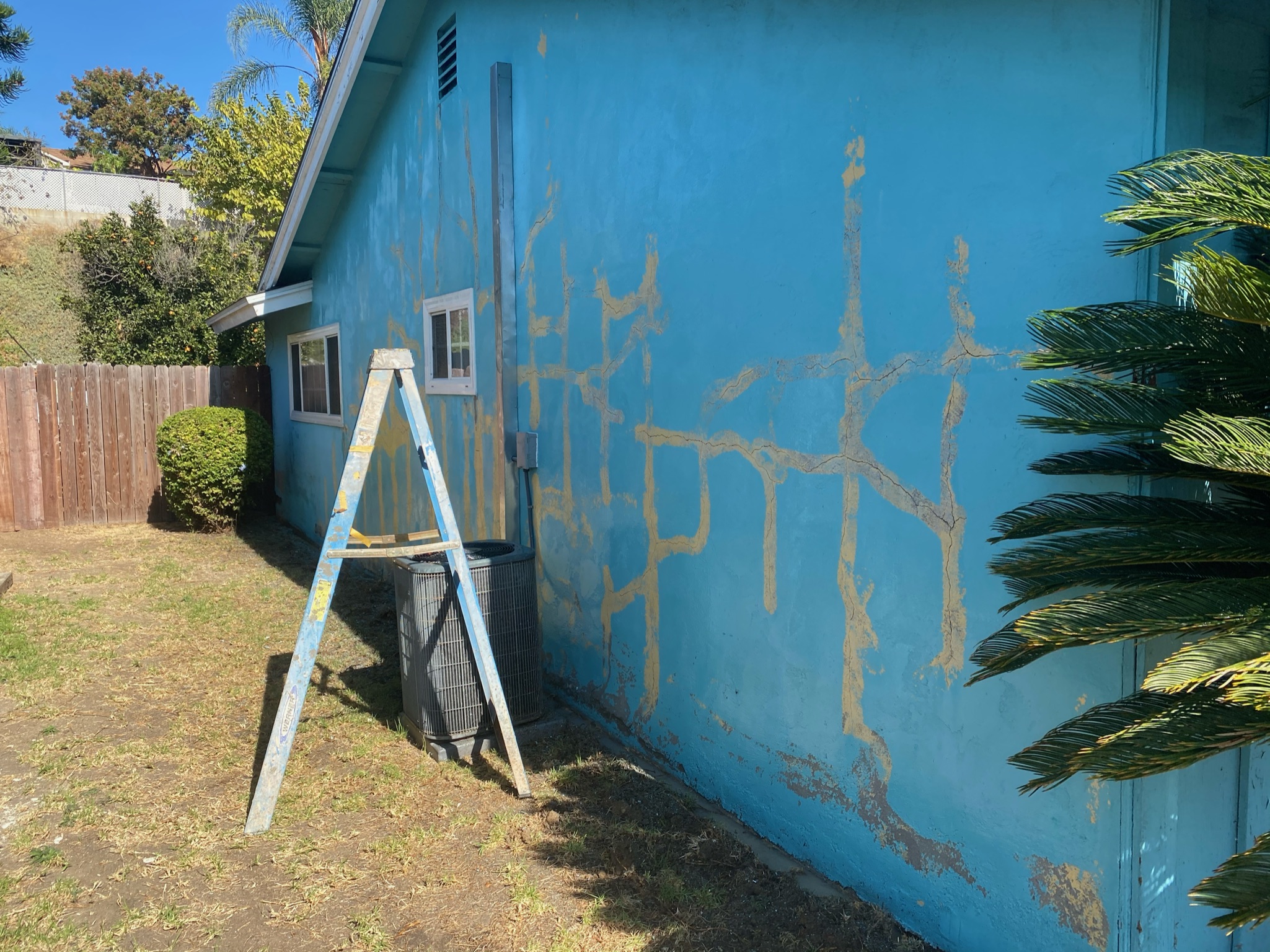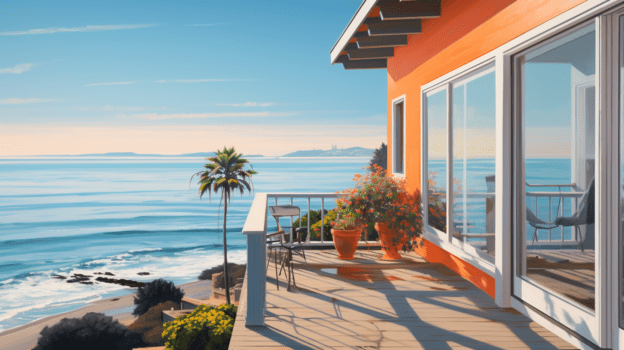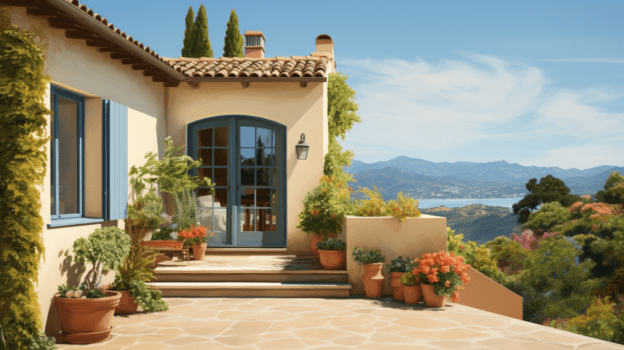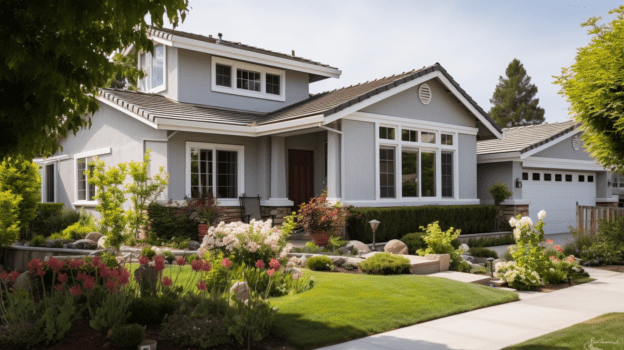
Southern California Stucco Damage: Causes & Fixes
Stucco is a popular exterior finish for homes in Southern California. It is a versatile and durable material that provides excellent insulation and fire resistance. However, stucco is not immune to damage, and certain factors can lead to various types of damage that can affect the integrity and appearance of a home.
Causes of Stucco Damage
Harsh Weather Conditions
Southern California is known for its sunny weather, but it also experiences periods of heavy rain, strong winds, and even hail. These weather conditions can cause stucco to crack, stain, or become discolored over time.
Earthquakes
California is known for its seismic activity, and even minor earthquakes can cause stress to the stucco, leading to cracks and other types of damage.
Poor Installation
Improper installation or the use of low-quality materials can lead to stucco damage. Issues such as inadequate mixing, improper curing, and insufficient lath installation can all contribute to premature stucco deterioration.
Water Intrusion
Water intrusion is one of the most common causes of stucco damage. It can occur due to poor drainage, inadequate sealing around windows and doors, or damaged flashing. When water seeps behind the stucco, it can cause a wide range of problems, including mold and mildew growth, staining, and even structural damage.
Types of Stucco Problems
Cracking
Cracking is a common type of stucco damage and can be classified into three main categories:
Hairline Cracks
Hairline cracks are very thin and usually not a cause for concern. They are typically caused by normal settling of the house or minor temperature fluctuations.
Spider Cracking
Spider cracking is characterized by a web-like pattern of small cracks. It can be caused by poor installation, thermal expansion, or stress from earthquakes.
Pattern Cracking
Pattern cracking involves larger, more noticeable cracks that follow a specific pattern, often due to poor installation or structural issues.
Staining
Staining occurs when minerals from water or other sources leach into the stucco, causing discoloration. This can be a sign of water intrusion or poor drainage around the home.
Efflorescence
Efflorescence is the formation of white, powdery deposits on the surface of the stucco. It occurs when water-soluble salts are brought to the surface by water evaporation. Efflorescence is often a sign of water intrusion and can lead to more severe damage if not addressed.
Mold and Mildew
Mold and mildew can develop on stucco surfaces due to water intrusion or high humidity levels. These growths can cause discoloration and pose health risks if not dealt with properly.
Repairing Stucco Issues
DIY vs. Professional Repair
Some minor stucco damage, such as hairline cracks and small stains, can be repaired by homeowners with the right tools and knowledge. However, for more severe damage or if the underlying cause is not addressed, it is best to consult a professional stucco repair contractor. They can accurately diagnose the issue, provide an effective solution, and help prevent future damage.
Preventing Stucco Failures
To prevent stucco damage, it is essential to maintain your home’s exterior regularly. This includes sealing any gaps around windows and doors, inspecting and repairing damaged flashing, ensuring proper drainage, and addressing any signs of water intrusion promptly. Additionally, using high-quality materials and adhering to proper installation practices can help minimize the risk of damage.
Conclusion
Stucco is a popular and durable choice for Southern California homes, but it is not immune to damage. Common issues such as cracking, staining, efflorescence, and mold can result from harsh weather conditions, earthquakes, poor installation, and water intrusion. Homeowners should be proactive in maintaining their home’s exterior and seek professional help for any severe or persistent issues. By taking these steps, you can ensure the longevity and beauty of your stucco home.
FAQs
- How can I tell if my stucco damage is severe enough to require professional repair? If the damage is extensive, the underlying cause is unclear, or if DIY repairs have not been effective, it is best to consult a professional stucco repair contractor.
- Can stucco be painted over to hide damage or staining? Yes, stucco can be painted over, but it is essential to address any underlying issues first to prevent further damage.
- How often should I inspect my stucco for damage? It is recommended to inspect your stucco at least once a year, or more frequently if you live in an area with harsh weather conditions or high seismic activity.
- What is the average cost of professional stucco repair? The cost of stucco repair can vary widely depending on the extent of the damage and the required repairs. It is best to get quotes from multiple contractors to get an accurate estimate.
- How long does stucco typically last on a home in Southern California? With proper installation and maintenance, stucco can last 50 years or more. However, factors such as climate, seismic activity, and installation quality can impact its longevity.
At Tidal Remodeling, we understand the importance of protecting your home’s exterior. If you’ve identified stucco problems on your Southern California home, don’t hesitate to take action. Contact us today to schedule a consultation and receive a free estimate on repairing or replacing your damaged stucco. Schedule your Stucco Inspection today!



